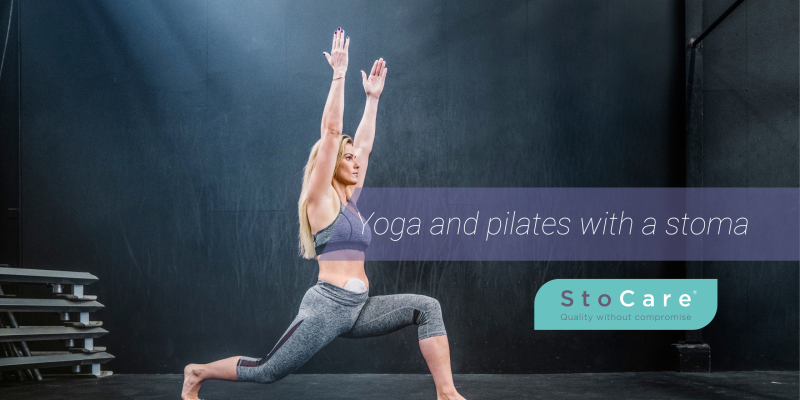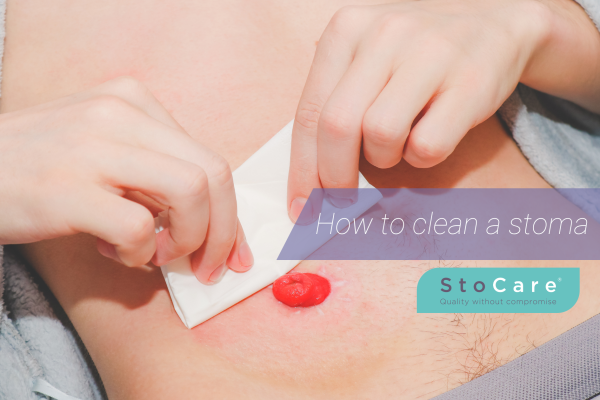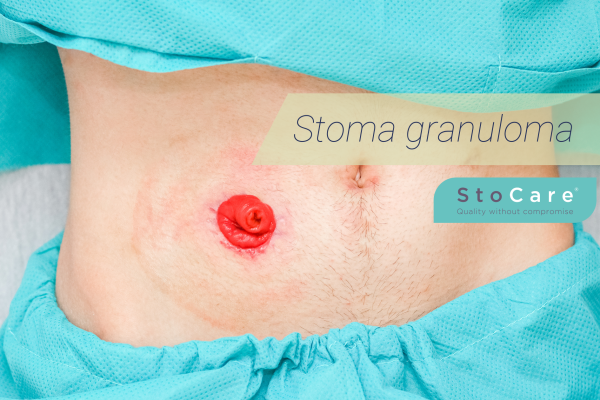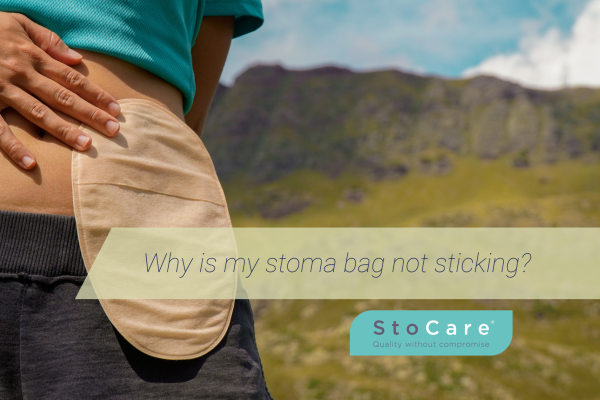If you have a stoma, you might have wondered whether you can get back into yoga or Pilates or start practising for the first time. The answer is absolutely yes! Whether you enjoyed them before your stoma surgery or you’re looking for a gentle way to rebuild your strength and confidence, yoga, Pilates and other similar balance-based exercises can be an excellent choice.
In this guide, we’ll walk through how to do yoga or Pilates with a stoma, which poses are suitable, what to avoid (if anything), and practical tips to help you feel confident on the mat. This advice applies whether you have a colostomy, ileostomy or urostomy.
Can you do yoga or Pilates with a stoma?
Yes, you absolutely can do yoga and Pilates with a stoma. Both of these low-impact exercises help to build core strength and muscle tone, which is particularly important following stoma surgery, as it can help reduce the risk of developing a parastomal hernia. Read our full guide to parastomal hernias
They can also improve your balance and posture, reduce blood pressure and boost your self-confidence.
Whilst they are similar, yoga is more focused on relaxing and mindful breath work, but Pilates tends to be more intense and focused on developing muscles. You might want to try both and see which you prefer. Some gyms offer classes which blend elements of both.
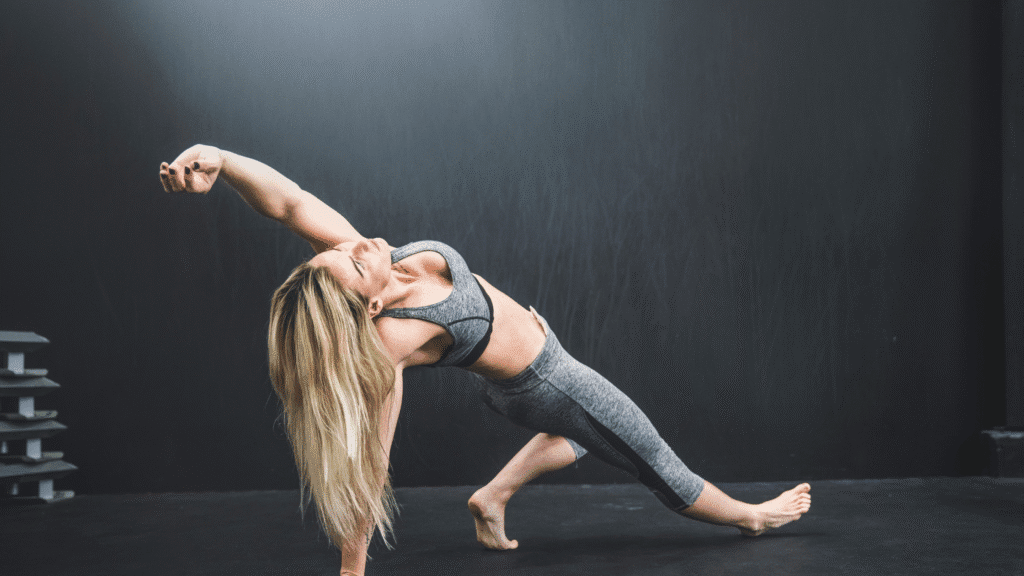
Despite their differences, yoga and Pilates are both very adaptable to your ability and confidence. You can gradually increase from easy to difficult poses without having to push yourself. This can be a great way to transition back to an active lifestyle after stoma surgery. You might want to start slow with chair yoga, or a class designed for post-natal women may be suitable.
Listen to the advice of your stoma nurse or GP regarding when you can safely start exercising after stoma surgery. They might be able to refer you to specialist exercise programs in your local area for people recovering from surgery. Read our full guide to exercising with a stoma
Suitable yoga and Pilates positions for ostomates
The good news is that most yoga and Pilates exercises are perfectly suitable when you have a stoma. Here are just some that could be a good place to start:
- Cat cow

- Balancing table

- Warrior pose 2

- Chair pose

- Child’s pose

What yoga or Pilates exercises should I avoid with a stoma?
You don’t necessarily have to avoid any particular yoga or Pilates exercises when you have a stoma. You might find positions where you lie on your stomach uncomfortable (especially soon post-surgery), so it’s fine to avoid them if you want, but they won’t do your stoma any harm. Using a few blankets on top of your yoga mat can make it more comfortable.
You will need to build up to exercises that heavily engage your abdominal core slowly. Eventually, you may get to a point where you can do planks, for example, without restriction. The key is gradual progression and listening to your body.
You might want to speak to your instructor to make them aware that you may need to adapt certain positions. However, you don’t have to tell them about your stoma if you don’t want to; you could just say you have had abdominal surgery. You can stick to standing yoga if this feels more comfortable to you.
How to keep your stoma bag secure during yoga or Pilates
Yoga and Pilates typically involve twisting and bending, so you may be worried about the security of your stoma bag. By using flange extenders that flex with your body, you shouldn’t experience any problems. Flange extenders work by increasing the adhesive area of your baseplate, reducing the chance of the edges lifting even during movement or if you get sweaty. This will keep your stoma bag secure and also offer valuable peace of mind.
You may also want to wear clothes that keep your stoma bag snug to your abdomen, such as cycling shorts or a stoma support belt.
Ensure you are using the stoma bag and supporting products that best suit you and your lifestyle. If you experience stoma problems or anxiety about your stoma, talk to your stoma nurse. You can try new combinations of products to find what works for you and allows you to thrive.

Tips for yoga and Pilates with a stoma
So to summarise, here are our practical tips to help you feel confident and comfortable during your yoga or Pilates practice with a stoma:
- Start very slowly after surgery. Your body needs time to heal and gradually develop its strength so that you don’t develop a hernia or other injury.
- Listen to your body. If you experience discomfort, strain or pain, stop. You may need to rest or go back a stage, and this is perfectly okay.
- Wear comfortable clothes – shorts or tracksuit pants and a t-shirt are perfect.
- You might also want to wear a stoma support garment. As your abdominal strength develops, you may start to feel more confident and not feel the need to wear one.
- You might want to use skin-friendly, flexible flange extenders like StoCare Extend to ensure the security of your stoma bag.
- You may want to empty or change your stoma bag beforehand for peace of mind.
- Take spare stoma supplies with you.
- You might want to choose a class that coincides with your stoma being less active, such as an early morning session.
- If you are worried about the pressure on your stoma while lying on your stomach, you could try doubling your mat or using a folded-up towel or blanket. This is down to personal preference – you may not feel like you need this.
- Always warm up and cool down before any exercise.
- Stay hydrated throughout your session.
Conclusion
Yoga and Pilates with a stoma can feel daunting at first, so start slowly to build your confidence. Remember that yoga and Pilates are about personal practice and growth, not comparison with others. With gentle progression and the right mindset, you’ll likely find that one (or both) of them becomes a valuable part of your wellbeing routine.
Don’t let your stoma hold you back from activities that can benefit both your physical and mental health. If concerns are holding you back, speak to your stoma nurse, who should be able to provide advice to help you feel more confident.
Resources
For further information, check out these helpful resources:
Cori Dom’s Yoga with an Ostomy series
Chair yoga videos from Colostomy UK
Pilates and stoma guide from certified clinical Pilates teacher
Although all our articles are written alongside qualified medical professionals, this information is for guidance only and does not replace advice given by your healthcare advisors.

